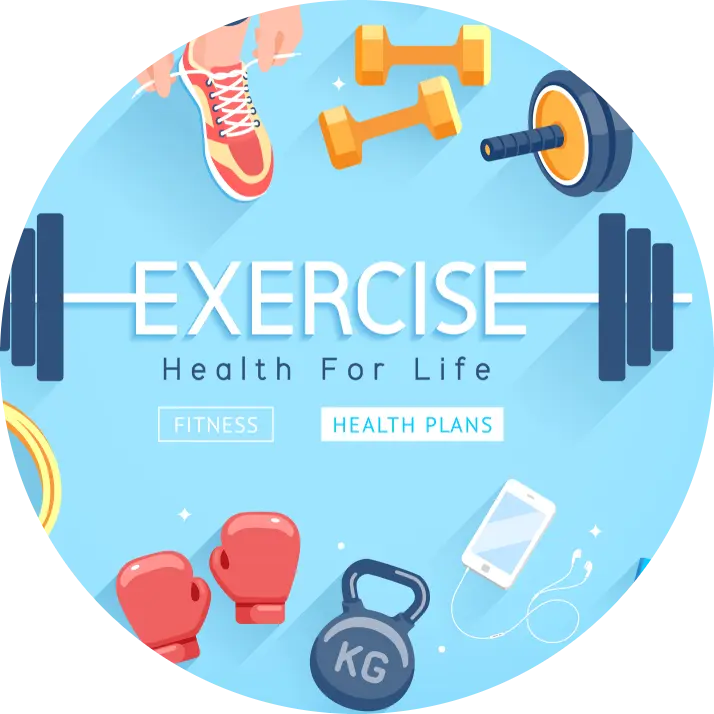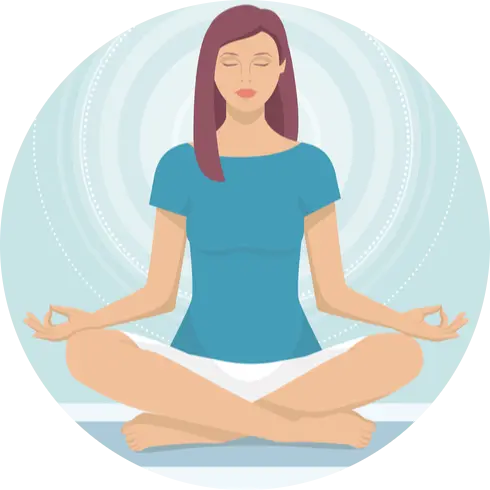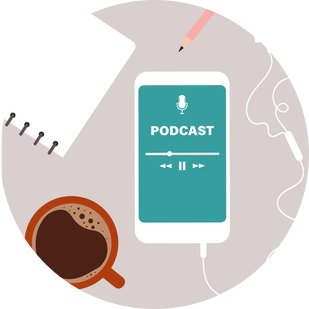A strong core is the foundation of a any healthy body. Whether you’re an athlete, a fitness enthusiast, or just about to start your journey, core exercises play a very vital role in improving the balance, stability, and also overall strength. In this article, we will be telling you about the best core exercises for beginners, intermediate, as well as advanced fitness levels, along with expert insights and scientific evidence.
Why is Core Strength Important?
As Dr. Emily Carter, a sports physiotherapist having experience over 15years says “A strong core is very important for maintaining the good posture, preventing injuries, and also to enhancing athletic performance.”
The core muscles include the abdominals, obliques, lower back, and the pelvic floor muscles. So, strengthening these muscles provides multiple benefits, such as:
- Improve in balance and stability.
- Good posture.
- Lower risk of back pain.
- Increasing sports performance.
- More ability in doing other daily activities.
Best Core Exercises for Beginners.
Initially it is best to start with simple exercises for building strength. So, here are some effective core exercises for the beginners:
1. Plank.
How to do it?
- Make a forearm plank position with your body in a straight line.
- Engage your core and hold that position for 20-30 seconds.
- Day by day increase the duration as you get stronger.
Benefits.
- Increases endurance.
- Makes strengthen entire core.
- Posture gets improved.
2. Dead Bug.
How to do it?
- Lie on your back with arms keeping toward the ceiling and bent the knees at 90 degrees.
- Gradually with slow lower your right arm and left leg while maintaining your back flat.
- Then after completing return to the starting position and repeat on the other side.
Benefits.
- Increases core stability.
- Improves coordination.
- Protects the lower back.
3. Glute Bridge.
How to do it?
- Lie on your back with knees bent and feet flat on the floor.
- Lift your hips until your body forms a straight line from shoulders to knees.
- Hold for a few seconds before lowering down.
Benefits.
- Strengthens lower back and glutes
- Improves core stability
- Reduces lower back pain
Intermediate Core Exercises.
Once you’ve built basic strength, these intermediate exercises will further challenge your core:
1. Russian Twists.
How to do it?
- Sit on the floor with knees bent and feet slightly off the ground.
- Hold a weight or medicine ball and twist your torso from side to side.
Benefits.
- Targets obliques
- Improves rotational strength
- Enhances sports performance
2. Bicycle Crunches.
How to do it?
- Lie on your back and lift your knees to a tabletop position.
- Touch your right elbow to your left knee while extending the right leg.
- Alternate sides in a pedaling motion.
Benefits.
- Works the entire core
- Increases endurance
- Improves muscle coordination
3. Hanging Leg Raises.
How to do it?
- Hang from a pull-up bar with arms fully extended.
- Raise your legs to a 90-degree angle while keeping them straight.
- Lower them slowly with control.
Benefits.
- Strengthens lower abs.
- Improves grip strength.
- Enhances body control.
Advanced Core Exercises.
For those who want to take their core training to the next level, these exercises will provide an intense challenge:
1. Dragon Flag.
How to do it?
- Lie on a bench and grip the edge behind your head.
- Lift your entire body while keeping it straight, balancing on your shoulders.
- Slowly lower without touching the bench.
Benefits.
- Builds extreme core strength
- Enhances body control
- Increases core endurance
2. Ab Wheel Rollout.
How to do it?
- Kneel on the floor with an ab wheel in front of you.
- Roll the wheel forward, keeping your core tight and back straight.
- Return to the starting position.
Benefits.
- Strengthens deep core muscles
- Improves stability
- Enhances control and coordination
3. L-Sit Hold.
How to do it?
- Sit on the floor with legs extended straight.
- Place hands beside hips and lift your body, keeping legs straight.
- Hold the position as long as possible.
Benefits.
- Develops exceptional core strength.
- Enhances muscle endurance.
- Improves body control.
Scientific Evidence on Core Training.
Studies have shown that core training has improved athletic performance and reduces the injury risk. One study published in the Journal of Strength and Conditioning Research found that core stability exercises increases balance and lower body strength.(1) Another study also highlighted that core workouts also reduce lower back pain and improve posture.(2)
Expert Tips for Effective Core Training.
- Engage Your Core Properly: As per certified trainer Jason Miller it is stated that “Always activate your core muscles by pushing your belly button toward your spine.”
- Focus on Quality Over Quantity: Proper formation is more important than the number of reps you are doing.
- Progress Gradually: Initially start with beginner exercises and move to advanced ones as your strength and ability increases.
- Incorporate Variety: Mixing exercises prevents plateaus and ensures balanced core development.
- Combine with Full-Body Workouts: Core training becomes most effective when it is combined with compound movements like squats and deadlifts.
Frequently Asked Questions.
At least, aim for 3-4 times per week for best results.
Yes, it does, a strong core always supports the spine and reduces back pain.
To get effective result it’s always best to do them at the end of your workout to avoid early fatigue.
Core workouts help strengthen the muscles, but it is always stated that diet and overall body fat percentage determine visible abs.
While crunches work the abs, a variety of core exercises provide better results.
Bottom Line.
A strong core is important for everyone. So, by incorporating these exercises into your daily fitness routine, you can improve strength, stability, and also overall health. Start with the beginner exercises, then slowly progress to intermediate, and then challenge yourself with advanced movements. Stay consistent, focus on proper form, so that you can enjoy the benefits of a powerful core!
+2 Sources
FitnessQuora has strict sourcing guidelines and relies on peer-reviewed studies, educational research institutes, and medical organizations. We avoid using tertiary references. You can learn more about how we ensure our content is accurate and up-to-date by reading our editorial policy.
- Core Stability Training for Injury Prevention; https://pmc.ncbi.nlm.nih.gov/articles/PMC3806175/
- A Systematic Review of the Effects of Exercise and Physical Activity on Non-Specific Chronic Low Back Pain; https://pmc.ncbi.nlm.nih.gov/articles/PMC4934575/


 Workout
Workout
 Meditation
Meditation





 Contact Us
Contact Us






